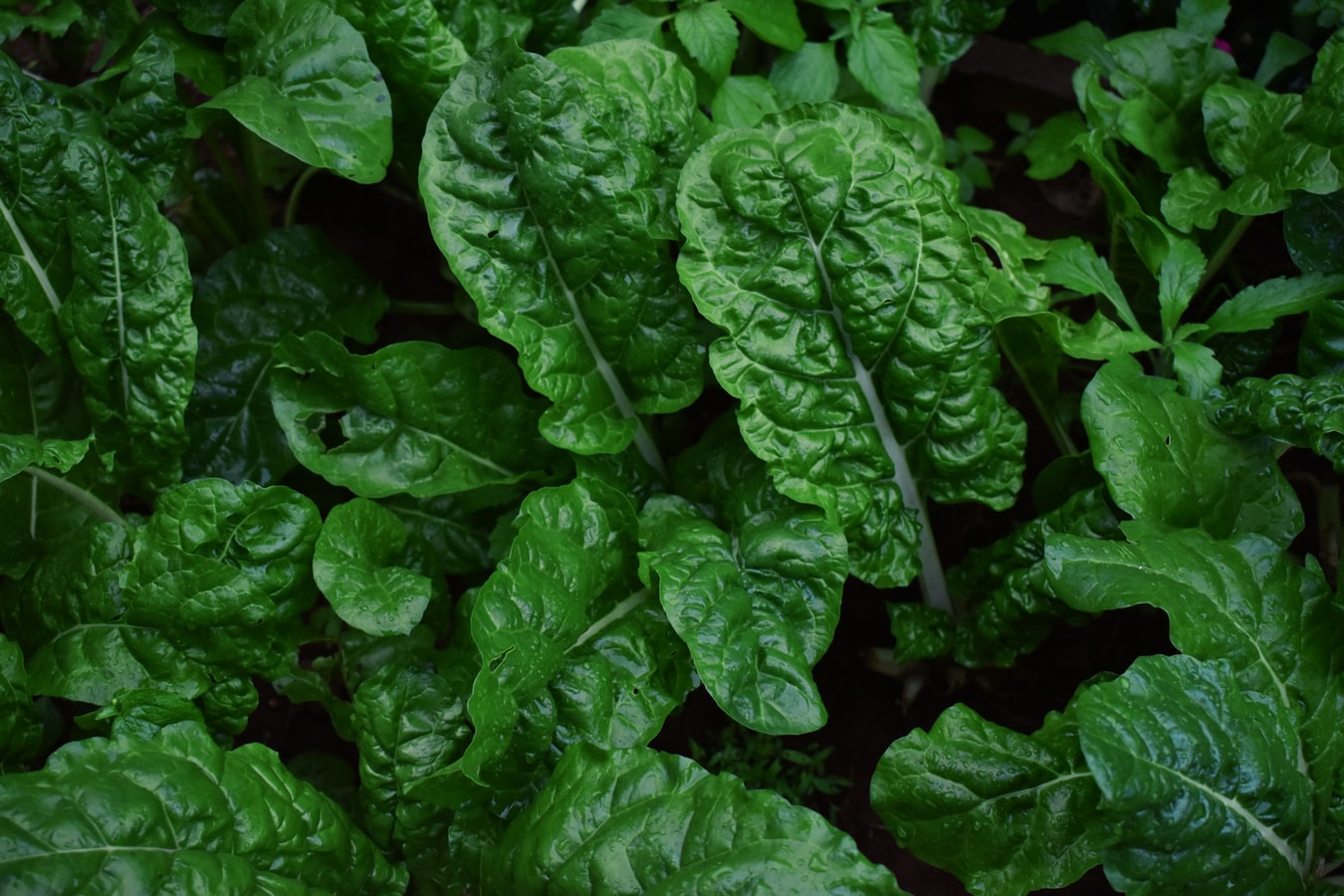Chemistry experiments show potential of spinach to power fuel cells
21. 10. 2020 | American University | www.american.edu
“Eat your spinach,” is a common refrain from many people’s childhoods. Spinach, the hearty, green vegetable chock full of nutrients, doesn’t just provide energy in humans. It also has potential to help power fuel cells, according to a new paper by researchers in AU’s Department of Chemistry.
An oxygen reduction reaction is one of two reactions in fuel cells and metal-air batteries and is usually the slower one that limits the energy output of these devices. Researchers have long known that certain carbon materials can catalyze the reaction. But those carbon-based catalysts don’t always perform as good or better than the traditional platinum-based catalysts. The AU researchers wanted to find an inexpensive and less toxic preparation method for an efficient catalyst by using readily available natural resources.

Zou and his students created and tested the catalysts, which are spinach-derived carbon nanosheets. Carbon nanosheets are like a piece of paper with the thickness on a nanometer scale, a thousand times thinner than a piece of human hair. To create the nanosheets, the researchers put the spinach through a multi-step process that included both low- and high-tech methods, including washing, juicing and freeze-drying the spinach, manually grinding it into a fine powder with a mortar and pestle, and “doping” the resulting carbon nanosheet with extra nitrogen to improve its performance. The measurements showed that the spinach-derived catalysts performed better than platinum-based catalysts that can be expensive and lose their potency over time.
Read more at American University
Image Credit: Unsplash
-jk-




